Fish dropsy, a distressing ailment affecting aquatic companions, can cause significant concern for fish keepers. This comprehensive guide delves into the intricacies of understanding, diagnosing, and effectively treating this condition. We will explore various approaches, from conventional treatments to supportive care and preventative measures, equipping you with the knowledge to provide optimal care for your finned friends.
From understanding the root causes of dropsy, such as bacterial infections and environmental stressors, to identifying the subtle signs of the disease, this guide offers a practical and detailed approach. We will also discuss various treatment options, including medications and supportive care, as well as home remedies and alternative treatments, while highlighting potential risks and side effects.
Understanding Fish Dropsy
Fish dropsy, a serious ailment affecting various fish species, is characterized by an abnormal accumulation of fluid within the body cavity and tissues. Early detection and prompt treatment are crucial for successful recovery, as the disease can quickly progress to a fatal outcome if left untreated. Proper understanding of the causes, symptoms, and types of dropsy is vital for effective fish care.
Causes of Fish Dropsy
Understanding the root causes of dropsy is essential for implementing appropriate preventative and treatment measures. Various factors can contribute to the development of this condition in fish.
- Bacterial Infections: Certain bacterial infections, such as Streptococcus and Aeromonas, can lead to the production of toxins that cause fluid retention and organ damage. These bacteria may be introduced through contaminated water, or they may be opportunistic pathogens, thriving in weakened or stressed fish.
- Parasitic Infections: Parasites, including flukes and certain types of worms, can infect fish and cause tissue damage, inflammation, and fluid buildup. Their presence can create an environment conducive to bacterial infections, compounding the severity of the disease.
- Environmental Stressors: Environmental factors, such as poor water quality (low oxygen levels, high ammonia), overcrowding, abrupt changes in temperature, or inadequate filtration, can weaken fish, making them susceptible to infections and causing the body to retain fluids. This is often seen in improperly maintained aquariums.
- Nutritional Deficiencies: A lack of essential nutrients can weaken the fish’s immune system, making them more vulnerable to diseases like dropsy. Inadequate nutrition can also contribute to fluid imbalances within the body.
Types of Fish Dropsy
Dropsy can manifest in various forms, each with its own characteristics.
- Exudative Dropsy: This is the most common type of dropsy, characterized by the accumulation of fluid in the body cavity, leading to swelling of the abdomen and sometimes other parts of the body. The fish appears bloated.
- Non-exudative Dropsy: This type of dropsy is less common, and its symptoms might be less pronounced. It is often associated with the presence of a thick layer of mucus, and a change in the fish’s appearance, not primarily from fluid buildup. This form can be harder to identify.
Signs and Symptoms of Fish Dropsy
Recognizing the early signs of dropsy is crucial for timely intervention.
- Physical Changes: The most apparent sign is the swelling of the abdomen or other body parts. The fish’s scales may appear to be protruding or raised, and the fish may have a rounded or bloated appearance. There may be a noticeable bulging of the abdomen. The fish may also have a sunken or cloudy eye.
- Behavioral Changes: Affected fish may exhibit lethargy, loss of appetite, or difficulty swimming. Their behavior may change significantly as the disease progresses.
Importance of Early Diagnosis and Treatment
Prompt diagnosis and treatment are essential to minimize the severity of dropsy and improve the chances of recovery. Early intervention can prevent the disease from spreading to other fish in the aquarium.
Comparison of Common Causes of Dropsy
| Cause | Description | Impact |
|---|---|---|
| Bacterial Infections | Infections from bacteria like Streptococcus and Aeromonas. | Fluid buildup, organ damage, potentially fatal if untreated. |
| Parasitic Infections | Infections from parasites like flukes and worms. | Tissue damage, inflammation, fluid buildup, and potential for bacterial infections. |
| Environmental Stressors | Poor water quality, overcrowding, temperature fluctuations. | Weakening of the immune system, making fish susceptible to infections and causing fluid imbalances. |
| Nutritional Deficiencies | Lack of essential nutrients. | Weakened immune system, contributing to susceptibility to diseases. |
Diagnosis and Assessment
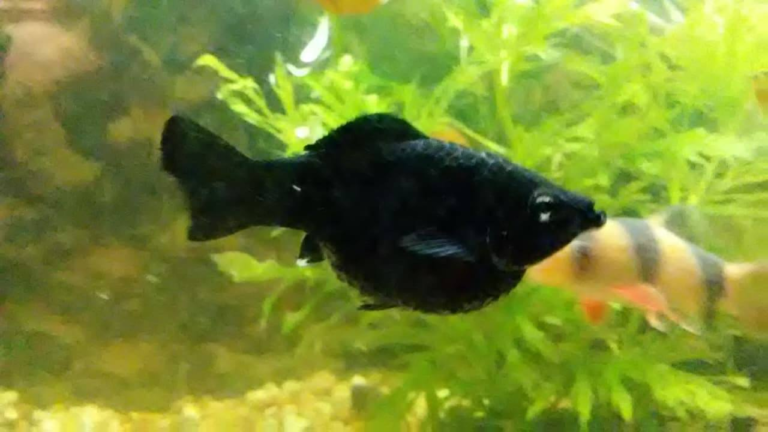
Accurate diagnosis is paramount for effective dropsy treatment in fish. Incorrect diagnoses can lead to ineffective treatments, further compromising the fish’s health and potentially leading to mortality. A careful assessment, combining visual observation with physical examination, is crucial for pinpointing the cause of the symptoms and selecting the appropriate course of action. This section details the diagnostic process for dropsy in fish, emphasizing the importance of ruling out other diseases that may present with similar symptoms.
Visual Assessment of Fish
Visual inspection is the first step in evaluating fish for dropsy. Careful observation of the fish’s overall condition, body shape, and specific symptoms provides valuable initial information. A healthy fish will exhibit a streamlined body shape, bright eyes, and vibrant coloration. A fish exhibiting dropsy, however, will often present with a swollen abdomen, a bloated appearance, and potentially other symptoms such as lethargy or fin rot.
Physical Examination Process
A detailed physical examination is essential for a thorough diagnosis. This involves gently handling the fish, ensuring not to injure it. Observe the fish’s skin for any abnormalities, such as lesions, ulcers, or discoloration. Note the presence and extent of swelling, paying close attention to the location and consistency of the affected areas. Check for any signs of external parasites or fungal infections, which can sometimes mimic dropsy symptoms.
Examine the gills for any inflammation or discoloration. A detailed observation of the fish’s behavior, including appetite, swimming patterns, and any signs of stress, can provide additional diagnostic clues.
Diagnostic Tools
The following table Artikels various diagnostic tools that can be employed for dropsy assessment:
| Diagnostic Tool | Description | Utility |
|---|---|---|
| Visual Inspection | Observing the fish’s overall appearance, including body shape, coloration, and any visible swelling. | Initial assessment; identifies potential dropsy signs. |
| Physical Examination | Gently handling the fish to assess for swelling, skin abnormalities, and other physical indicators. | Provides detailed information about the fish’s condition. |
| Water Parameter Testing | Measuring water quality parameters (pH, ammonia, nitrite, nitrate, temperature). | Identifies potential environmental stressors that may contribute to the disease. |
| Microscopic Examination | Examining water or fish tissue samples under a microscope for pathogens or parasites. | Provides a definitive diagnosis if parasites or bacteria are present. |
Differential Diagnosis
It is critical to rule out other diseases that may mimic dropsy symptoms. Other diseases such as bacterial infections, fungal infections, parasitic infestations, and nutritional deficiencies can all present with similar swelling or bloating. Carefully consider the fish’s overall health status, water parameters, and any recent environmental changes to identify potential contributing factors.
Assessment Parameters
A comprehensive assessment should consider the following parameters:
- Physical condition: Evaluate the fish’s overall appearance, including body shape, coloration, and any visible swelling or lesions. A fish with a bloated abdomen is a key sign of potential dropsy.
- Behavioral changes: Observe the fish’s activity level, feeding habits, and swimming patterns. Lethargy and loss of appetite are often associated with disease.
- Water quality: Test the water parameters (pH, ammonia, nitrite, nitrate, temperature) to rule out environmental stressors that may contribute to the condition.
- History of the fish: Inquire about the fish’s diet, recent environmental changes, and any previous illnesses to identify potential contributing factors.
- Presence of other fish exhibiting similar symptoms: Evaluate the health status of other fish in the tank to identify possible contagious diseases.
Treatment Options
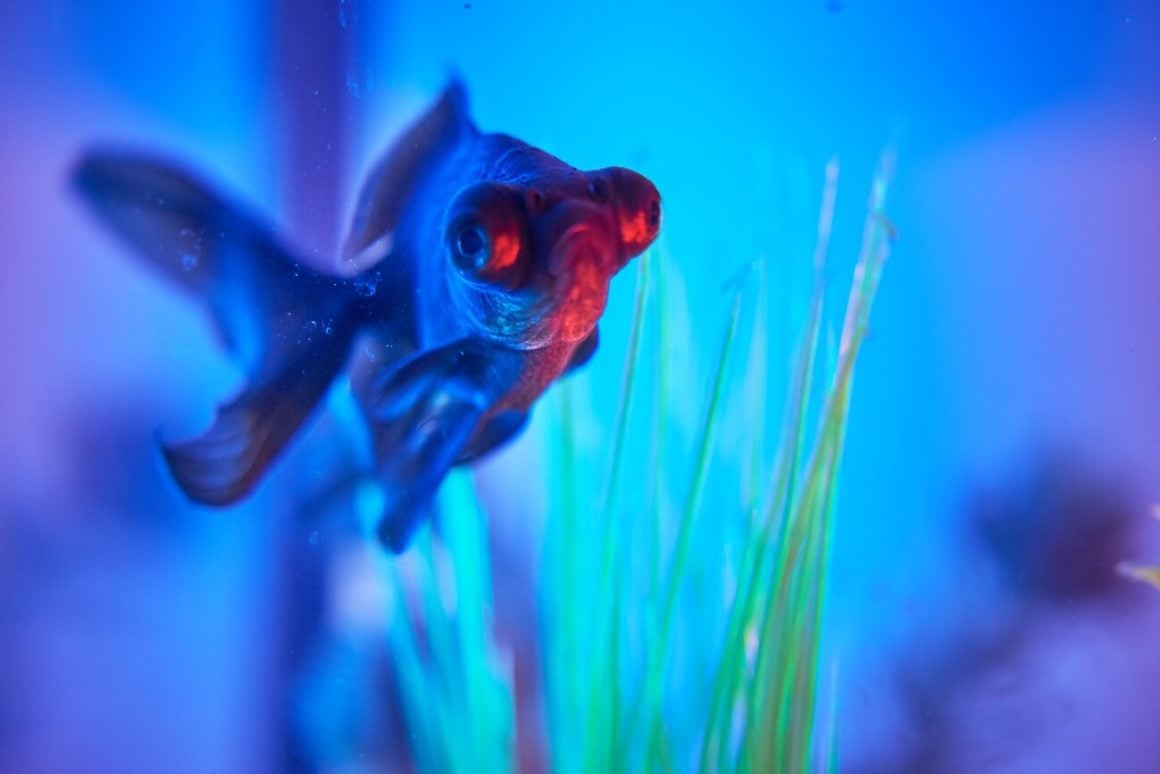
Treating dropsy in fish requires a multifaceted approach, encompassing both medication and supportive care tailored to the specific stage and severity of the disease. A prompt and appropriate intervention can significantly improve the chances of recovery, while a delayed or inappropriate approach may worsen the condition. The goal of treatment is to alleviate symptoms, address the underlying cause, and promote the fish’s overall well-being.Effective treatment plans are dependent on early diagnosis and a thorough understanding of the fish’s condition.
Careful monitoring and adjustments to the treatment plan are crucial throughout the process. The effectiveness of different treatments can vary based on the individual fish, the severity of the dropsy, and the specific cause of the condition.
Medication Options
Various medications can be used to treat dropsy in fish, each with its own advantages and disadvantages. It is important to select the appropriate medication based on the suspected cause and the severity of the condition. The choice of medication and dosage should always be discussed with a veterinarian specializing in aquatic animal health.
- Antibiotics: Antibiotics are often prescribed to address bacterial infections that may contribute to or exacerbate dropsy. Examples include tetracycline and erythromycin, administered in accordance with the specific instructions provided by the veterinarian. Appropriate dosage and duration of treatment are essential for effectiveness and to prevent antibiotic resistance.
- Anti-fungals: If a fungal infection is suspected, antifungal medications may be necessary. These medications target fungal organisms that can lead to or worsen the condition. Appropriate antifungal medications include specific formulations such as ketoconazole or nystatin, administered according to veterinary guidelines.
- Anti-parasitics: In some cases, parasitic infections may contribute to dropsy. Treatments for these parasites may involve specific anti-parasitic medications, like praziquantel or metronidazole. The choice and dosage of anti-parasitics must be tailored to the suspected parasite.
Dosage and Administration
Accurate dosage and careful administration are paramount for the safety and effectiveness of medication. Improper administration can lead to adverse reactions or treatment failure.
| Medication | Dosage (Example) | Administration Method |
|---|---|---|
| Tetracycline | 0.5 mg/L | Water treatment |
| Ketoconazole | 0.25 mg/L | Water treatment |
| Praziquantel | 1 mg/L | Water treatment |
Note: Dosages and administration methods are examples and should be strictly followed according to the specific instructions provided by a qualified veterinarian specializing in aquatic animal health. Always consult with a veterinarian before administering any medication to your fish.
Supportive Care
Supportive care is crucial for improving the fish’s overall health and promoting recovery. This involves maintaining optimal water conditions, providing appropriate nutrition, and minimizing stress.
- Water Quality Maintenance: Maintaining clean, well-oxygenated water is vital during treatment. Regular water changes, appropriate filtration, and monitoring of water parameters (temperature, pH, ammonia, nitrite, nitrate) are essential to prevent secondary infections and promote healing. Maintaining a stable and healthy environment is vital for the fish’s recovery.
- Quarantine Environment: A dedicated quarantine tank or area is essential to prevent the spread of dropsy to other fish in the main aquarium. This environment should have appropriate filtration, heating, and lighting, with water parameters closely monitored. A separate tank for treatment prevents potential disease transmission and promotes the well-being of other fish in the aquarium.
- Nutrition: Providing a high-quality diet, appropriate for the fish’s species and size, is important during treatment. A balanced diet can support the immune system and promote healing. Ensure the diet is readily consumed and offers essential nutrients to support the recovery process.
Supportive Care and Prevention
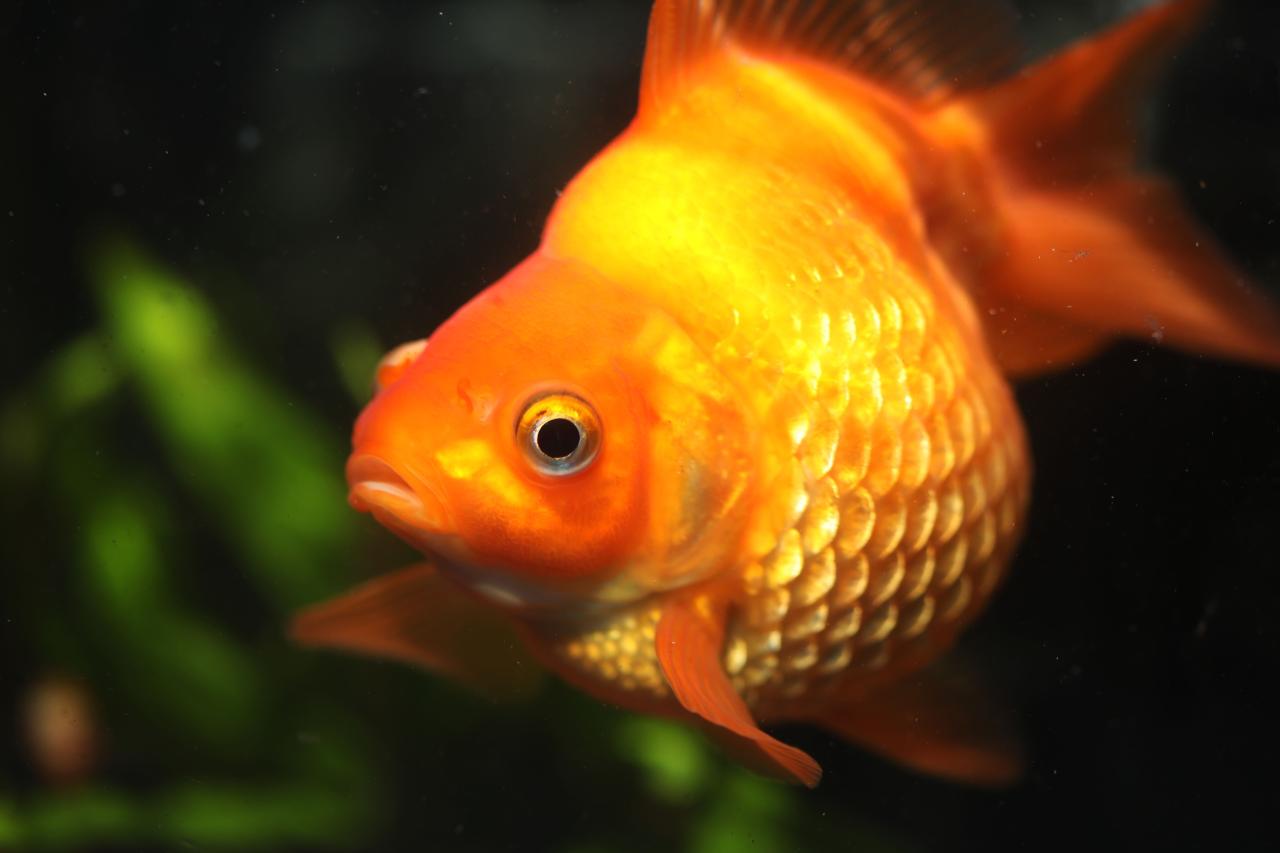
Providing supportive care is crucial for the well-being and recovery of fish experiencing dropsy. Proper care can significantly improve their chances of survival and recovery. This includes a holistic approach focusing on diet, water quality, and stress reduction. Addressing these factors alongside the primary treatment options maximizes the fish’s ability to fight the infection and recover from the condition.Maintaining optimal conditions supports the fish’s immune system, allowing it to combat the infection effectively and reduce the likelihood of complications.
This supportive care, combined with appropriate treatment, greatly enhances the fish’s prospects for recovery.
Importance of a Balanced Diet
A balanced diet is fundamental to the overall health and well-being of fish, and it plays a significant role in the treatment and recovery of fish with dropsy. A diet rich in essential nutrients provides the energy and building blocks needed for tissue repair and immune function. Proper nutrition aids in supporting the fish’s natural defenses against infection and helps them to heal.
Providing a variety of high-quality foods, including flakes, pellets, and live or frozen foods, ensures a complete nutritional profile.
Maintaining Proper Water Parameters
Maintaining optimal water parameters is essential for preventing dropsy and promoting the health of all fish. Stable and appropriate water conditions minimize stress and support a healthy immune system. This, in turn, helps the fish fight off infections and illnesses more effectively.
| Parameter | Optimal Range | Importance |
|---|---|---|
| Ammonia | 0 ppm | Ammonia is highly toxic to fish. Maintaining zero ammonia levels is critical for preventing illness and stress. |
| Nitrite | 0 ppm | Nitrite is also toxic to fish. Keeping nitrite levels at zero is vital for preventing illness and supporting a healthy environment. |
| Nitrate | 20 ppm or less | While not as toxic as ammonia and nitrite, high nitrate levels can contribute to stress. Maintaining lower nitrate levels helps maintain a healthy water environment. |
| pH | 6.5-7.5 | The ideal pH range for most freshwater fish species is crucial for their overall health and prevents stress. |
| Temperature | Specific to the species; maintain consistency | Maintaining consistent temperature avoids fluctuations and associated stress for the fish. |
Stress Reduction
Reducing stress is paramount in preventing dropsy and other illnesses in fish. Stress weakens the immune system, making fish more susceptible to infections. Creating a calm and stable environment minimizes stress and allows the fish to focus on recovery. Avoiding sudden changes in water parameters, overcrowding, and loud noises is crucial for preventing stress.
Importance of Good Water Quality
Good water quality is fundamental to fish health. Clean, well-maintained water systems minimize the risk of pathogens and parasites that can contribute to infections, including dropsy. Regular water changes, appropriate filtration, and maintaining proper aeration are essential to maintaining good water quality. This ensures a healthy environment for the fish, supporting their immune systems.
Water quality directly impacts a fish’s ability to fight off infections and maintain overall health.
Preventative Measures
Implementing preventative measures reduces the risk of dropsy and other diseases. Quarantine new fish before introducing them to the main tank. Regularly monitoring water parameters and performing water changes help prevent the buildup of harmful substances. Maintaining a healthy, balanced diet and avoiding overcrowding helps maintain stress-free conditions for the fish. Regular observation of the fish is vital to identify any signs of illness early, allowing for prompt intervention and treatment.
Home Remedies and Alternative Treatments
While conventional treatments remain the primary approach for addressing dropsy in fish, some aquarists explore home remedies. It’s crucial to understand that these remedies are often anecdotal and lack the rigorous scientific backing of established veterinary treatments. Their efficacy is variable, and potential risks can be significant. Thorough research and careful consideration are essential when considering such treatments.Home remedies often stem from the belief that certain substances can promote fluid reabsorption or alleviate underlying issues contributing to dropsy.
However, these remedies may not target the root cause of the condition and can sometimes introduce unforeseen complications. Understanding the potential benefits and risks is paramount to making informed decisions about their use.
Efficacy and Potential Risks of Home Remedies
Home remedies for dropsy vary widely, often drawing on traditional or anecdotal approaches. The efficacy of these methods is not consistently supported by scientific evidence. Some may offer marginal benefits, while others may be entirely ineffective. The potential risks of using these remedies can be substantial. Unproven remedies might not address the underlying cause of dropsy, or could even exacerbate the condition by introducing further stress or complications to the fish’s health.
Comparison with Conventional Treatments
Conventional treatments for dropsy, often prescribed by veterinarians or experienced aquarists, are based on scientific understanding of the condition. These treatments target the underlying cause of the disease, aim to reduce swelling, and support the fish’s immune system. Home remedies, in contrast, frequently lack a solid scientific basis and often address symptoms rather than the root cause. This difference in approach can lead to significant disparities in outcomes.
Potential Risks and Side Effects
Using home remedies carries several potential risks. Improperly administered or unsuitable remedies can cause additional stress to the fish, further damaging its immune system, and potentially leading to complications. Some remedies may contain harmful chemicals or substances that can be toxic to fish. The lack of regulation and standardization of home remedies also makes it difficult to gauge their precise effects.
Incorrect dosage or improper use can have adverse effects.
Table of Common Home Remedies
| Home Remedy | Potential Benefits (Anecdotal) | Potential Risks |
|---|---|---|
| Saltwater Baths | Some believe it draws excess fluid. | Can be irritating to gills; incorrect concentration can be fatal. |
| Herbal Extracts | Some claim anti-inflammatory effects. | Unknown effects; potential toxicity. Dosage is crucial. |
| Probiotics | May bolster the immune system. | Can be ineffective; not all probiotics are suitable for fish. |
| Dietary Changes | Some believe adjusting diet aids in fluid reabsorption. | Improper diet can cause further health issues. |
Precautions When Using Home Remedies
When considering home remedies, it’s imperative to take precautions to minimize risks. Carefully research the specific remedy, ensuring it’s suitable for fish. Follow instructions precisely, and use the recommended dosage. Monitor the fish closely for any adverse reactions. Maintain consistent water quality, ensuring the remedy doesn’t negatively impact water parameters.
Never mix remedies without expert advice.
Potential Pitfalls and Caveats
Using home remedies for dropsy can lead to several pitfalls. Unproven remedies might fail to address the underlying cause, potentially worsening the condition. Incorrect dosage or incompatible remedies can cause significant harm. The absence of clinical trials or controlled studies makes it difficult to predict the effects. Furthermore, self-treating can delay necessary veterinary intervention, which may worsen the outcome.
Importance of Consulting a Veterinarian or Experienced Aquarist
Before implementing any home remedy, it’s crucial to consult with a veterinarian specializing in fish health or an experienced aquarist with a proven track record. They can assess the fish’s condition, identify the underlying cause of dropsy, and recommend the most appropriate and effective treatment plan. This professional guidance is essential to ensure the fish’s well-being and avoid potential harm.
Prognosis and Recovery
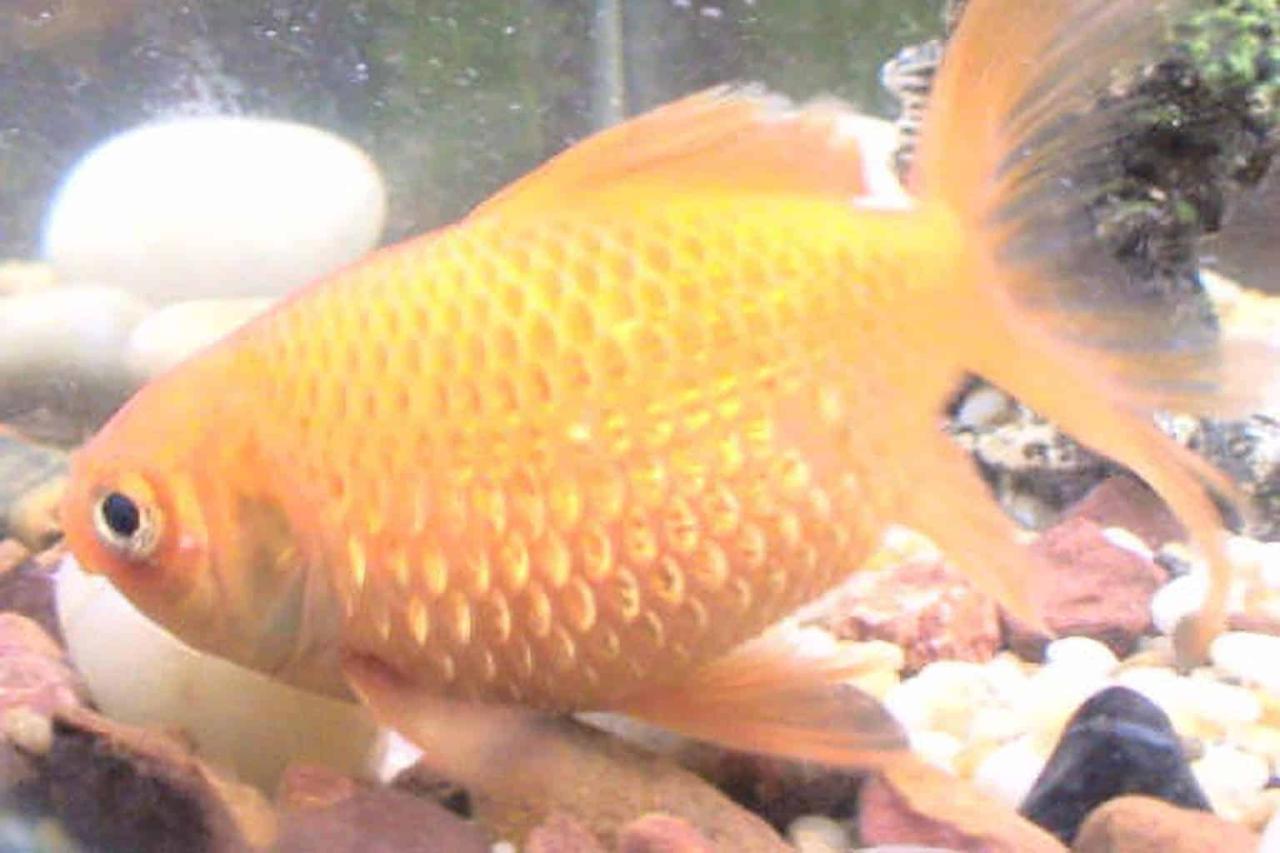
The prognosis for fish suffering from dropsy varies significantly depending on several factors. Early diagnosis and prompt, appropriate treatment greatly enhance the chances of a positive outcome. Understanding these factors and the signs of recovery is crucial for successful management of the condition. Careful monitoring and continued supportive care are essential for achieving a full recovery.
Factors Influencing Prognosis
The severity of dropsy, the timeliness of treatment, the overall health of the fish prior to the onset of the disease, and the presence of any concurrent infections significantly impact the prognosis. Fish with milder cases and receiving prompt treatment have a higher likelihood of recovery compared to those with advanced stages of the disease or delayed intervention. Additionally, the quality of the aquarium environment plays a crucial role in supporting the fish’s immune response and recovery process.
Signs of Improvement and Recovery
Recognizing signs of improvement in a fish with dropsy is essential for determining the effectiveness of the treatment. Signs of improvement may include a decrease in the swelling of the body, reduced lethargy, and an increase in appetite. Normal swimming patterns and a brighter, more vibrant coloration often indicate a positive response to treatment.
Stages of Recovery
| Stage | Description | Typical Characteristics |
|---|---|---|
| Early Recovery (1-3 days post-treatment) | Initial signs of improvement begin to show. | Reduced swelling, increased activity, improved appetite. |
| Moderate Recovery (3-7 days post-treatment) | The fish exhibits more pronounced signs of recovery. | Increased swimming activity, reduced lethargy, improved coloration. |
| Advanced Recovery (7-14 days post-treatment) | The fish is largely recovered. | Normal appetite, active swimming patterns, full coloration. |
| Complete Recovery (14+ days post-treatment) | The fish has fully recovered. | Sustained normal behavior, active and healthy appearance. |
Potential Complications and Long-Term Effects
Potential complications associated with dropsy include secondary infections, such as bacterial or fungal infections, which can exacerbate the condition. In severe cases, the damage to internal organs caused by the swelling and fluid buildup can result in long-term health issues, although not always. If the infection spreads or the fish’s immune system is compromised, it can lead to organ failure or death.
Monitoring the Recovery Process
Careful monitoring of the fish’s condition throughout the recovery period is critical. Regular observation of the fish’s activity levels, feeding habits, swimming patterns, and overall appearance is necessary. Changes in these parameters can indicate the effectiveness of treatment or the need for adjustments to the care regimen. Maintaining accurate records of observations can provide valuable insights for managing the fish’s health.
Examples of Successful Recovery Stories
Numerous examples of successful dropsy recoveries exist, often attributed to early diagnosis, prompt treatment, and dedicated care. One common example involves a goldfish that, following a comprehensive treatment plan, demonstrated a gradual reduction in swelling and an eventual return to normal behavior. Such recoveries are not only rewarding but also highlight the importance of attentive care in aquaculture.
Importance of Continued Care After Initial Treatment
Even after the initial treatment phase, continued care is essential for preventing recurrence and ensuring the fish’s complete recovery. Maintaining a clean and stable aquarium environment, along with a balanced diet and appropriate water parameters, are crucial for long-term health. This continued vigilance contributes to the prevention of further complications and supports the fish’s ongoing well-being.
End of Discussion
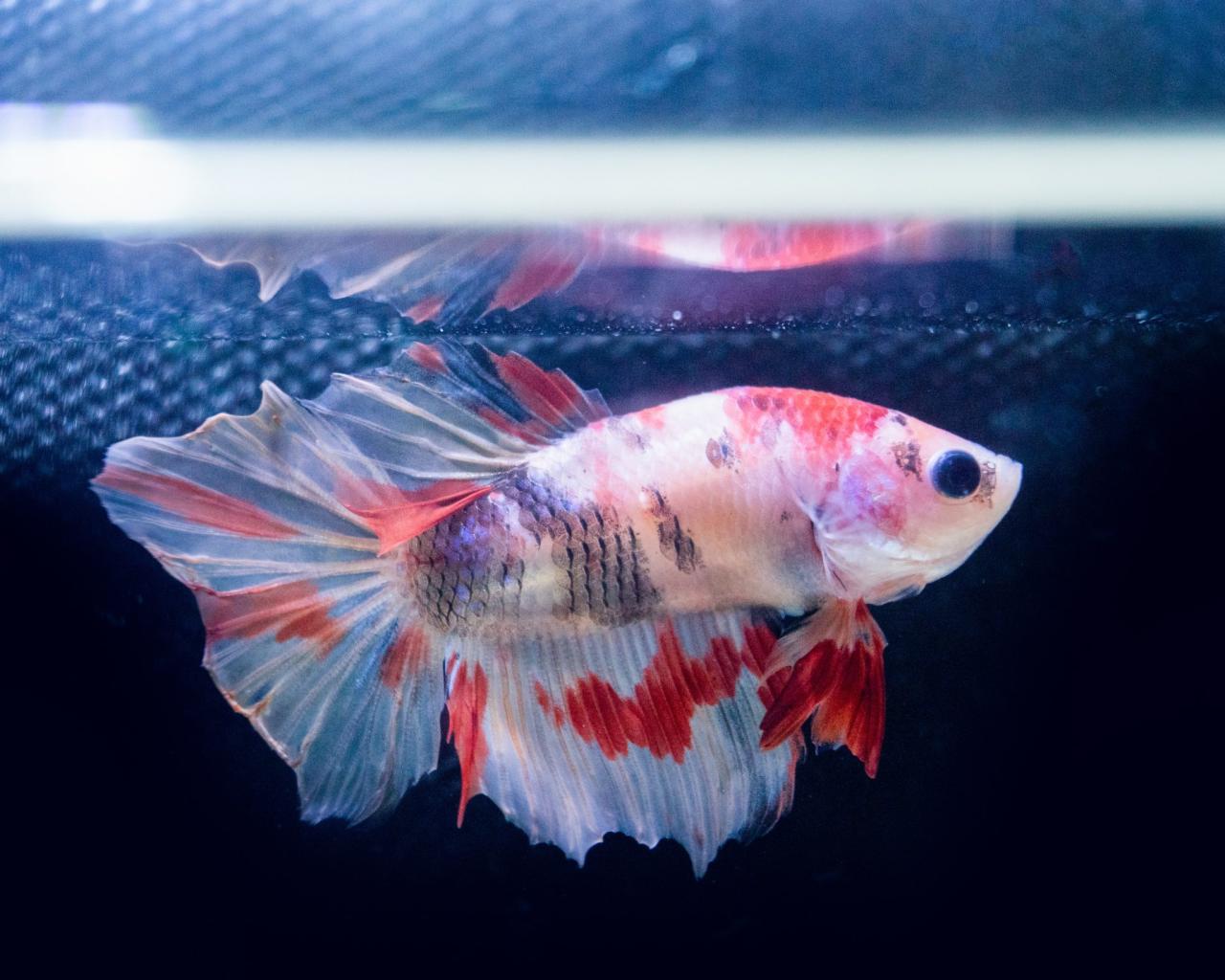
In conclusion, treating dropsy in fish requires a multifaceted approach encompassing understanding the disease, accurate diagnosis, effective treatment options, and crucial supportive care. This guide has provided a thorough overview of the key aspects involved, empowering you to make informed decisions and provide the best possible care for your fish. Remember, early diagnosis and prompt treatment are crucial for improving the prognosis and ensuring a swift recovery.
By implementing the strategies Artikeld here, you can significantly increase your chances of successful treatment and contribute to the overall well-being of your aquatic pets.